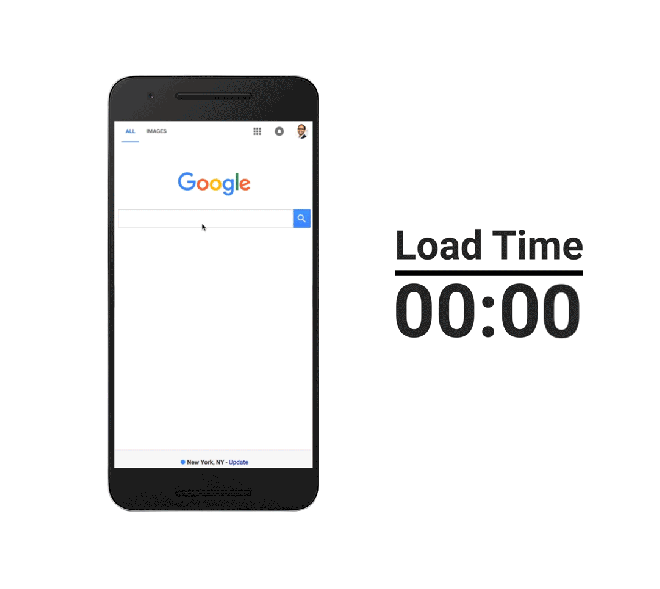AMP Ad Landing Pages (ALP) aims to speed up the page load time after the ad click
What is up next for AMP? Faster ad landing pages. Google said the average landing page takes 6.9 seconds to load, but with ALP it is less than a second.

Now there are ad landing pages designed in AMP (accelerated mobile pages), the AMP blog announced. AMP Ad Landing Pages (ALP) is designed to speed up the experience for the user who clicks on an AMP ad. It does this by preloading the URL of the landing page in the ad and by forcing the landing page to use the AMP HTML protocol.
Here are the four things ALP does:
- Pre-connects to landing page: Normal ads do not typically know the URL of the actual landing page. Ads leading to ALPs always know it, and thus can issue a pre-connect request to the respective landing page, which reduces the time it takes to navigate the user to the landing page after the user clicks.
- Pre-fetches landing pages: Simple non-CPU-intensive resources that are visible on the first viewport of the landing page are requested and downloaded before the user clicks on the ad.
- Delivers Google Cache URL when available: As a trafficker, when you input a canonical destination URL for a creative, the ad server can switch it to the AMP version of the URL (with trafficker consent) using the AMP URL API. The ad server can also embed code required by the creative to pre-fetch and pre-connect to the landing page. Ad servers like DoubleClick for Publishers (DFP) are integrating such features over the next couple of quarters to make trafficking of AMP landing pages easy.
- Zero Redirects: When possible, AMP eliminates redirects to the ad server. So what happens with the redirects? AMP will initiate the requests once the user has reached the landing page. AMP also supports the amp-pixel component for third-party tracking redirects which can be performed on the landing page.
Here is an animated GIF showing how fast the experience will be when you use AMP Ad Landing Pages:

Here are the technical instructions to implement these ALPs.
MarTech is owned by Semrush. We remain committed to providing high-quality coverage of marketing topics. Unless otherwise noted, this page’s content was written by either an employee or a paid contractor of Semrush Inc.
Related stories